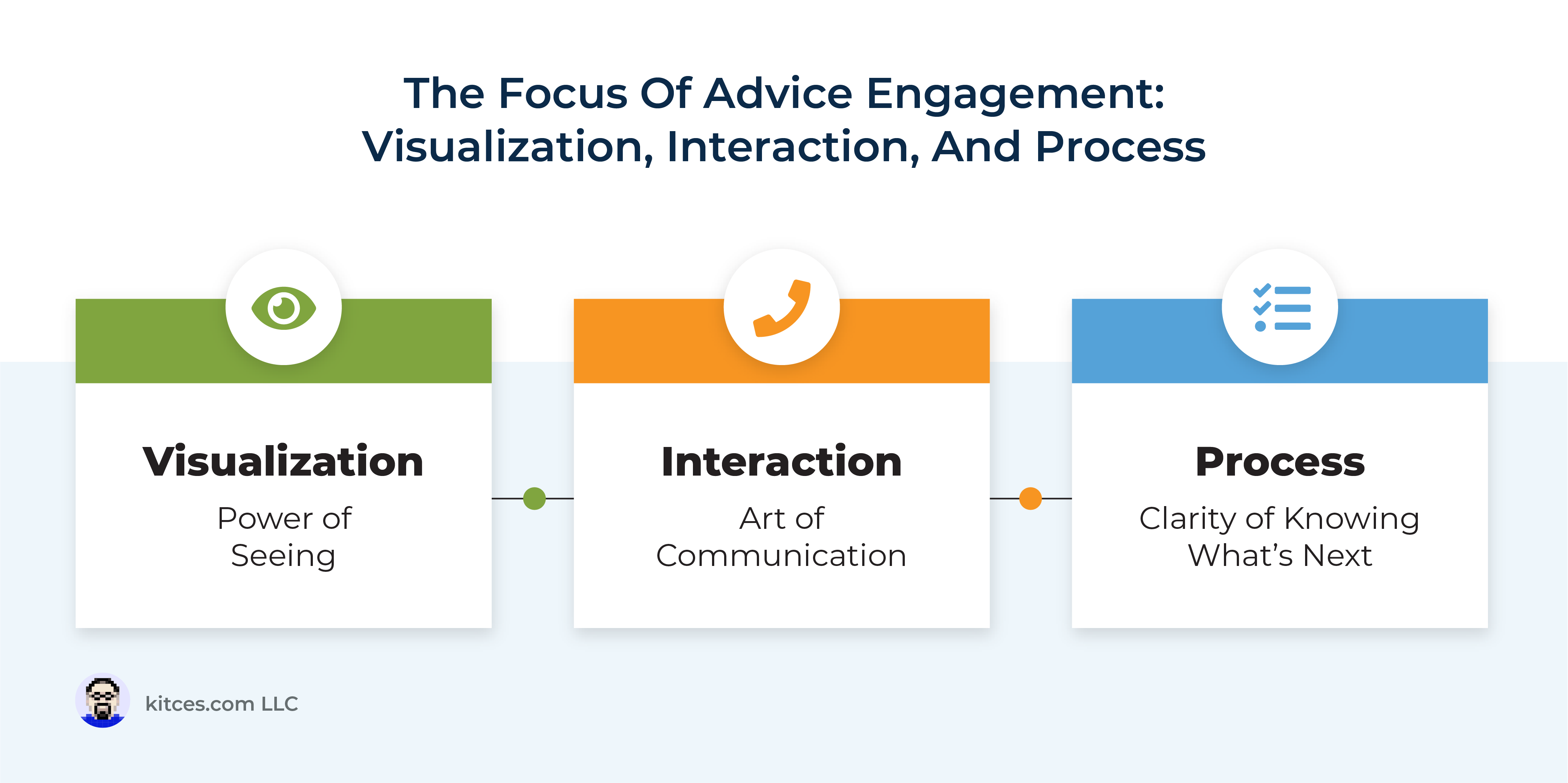The traditional way that most financial planning has been offered was for an advisor to create “The Plan”: a comprehensive document outlining a client’s financial strategy that was delivered either on a one-time basis or updated annually. However, as the industry has shifted towards an ongoing relationship model, advisors have felt compelled to demonstrate consistent value to their clients throughout the year. The problem, however, is that a typical client’s big-picture financial situation doesn’t tend to change much from year to year, and the process of updating “The Plan” entails intensive document review and time-consuming data entry. Which means that updating a client’s financial plan more frequently would offer little additional value to the client and would be very inefficient for the advisor.
As a result, tools have emerged that are designed to keep clients engaged in the financial planning process throughout the year, addressing the inefficiency and time burden of frequently updating the full financial plan itself. Recent Kitces Research on Advisor Technology indicates that while these newer Advice Engagement tools are not yet widely adopted among advisors (likely due at least in part to the newness of the category overall), most advisors who do use advice engagement software tend to like it – which in turn suggests that as more advisors become familiar with advice engagement tools, the rate of adoption will increase as advisors see the potential for a more dynamic ongoing financial planning process.
Broadly, advice engagement tools incorporate 3 key elements that enhance the process of financial planning: First, they use visualization tools to simplify complex and abstract financial planning concepts for clients. Second, they facilitate clear and organized communication between the advisor and client to ensure that important information is effectively conveyed. And third, advice engagement tools help clients understand where they stand in the financial planning process itself – and, most importantly, what comes next – to provide a clear roadmap and prepare the client for what lies ahead. The current tools in the Advice Engagement category vary in their use of Visualization, Interaction, and Process (VIP) elements, offering advisors the option to tailor the technology to the client experience that they desire.
Which means that for advisors considering adopting advice engagement technology, the process starts with deciding which engagement elements can do the most to enhance the advisor’s existing financial planning. For many advisors, tools that help to define and navigate the planning process for clients can be the most valuable starting point, with interaction fostering more dynamic communication and visualization delivering information in an impactful, meaningful way.
Ultimately, as financial advice continues to steer away from static plans and towards a more dynamic planning relationship with clients, advisors will increasingly benefit from tools that can help them not only analyze and project financial data, but also deliver information to clients more effectively. Because as the increasing adoption and high satisfaction of advice engagement tools show, giving clients a “VIP” experience really does increase their engagement not only with the advisor, creating a deeper client-advisor relationship, but also with the financial planning process itself, making both client and advisor more successful in the long run!


